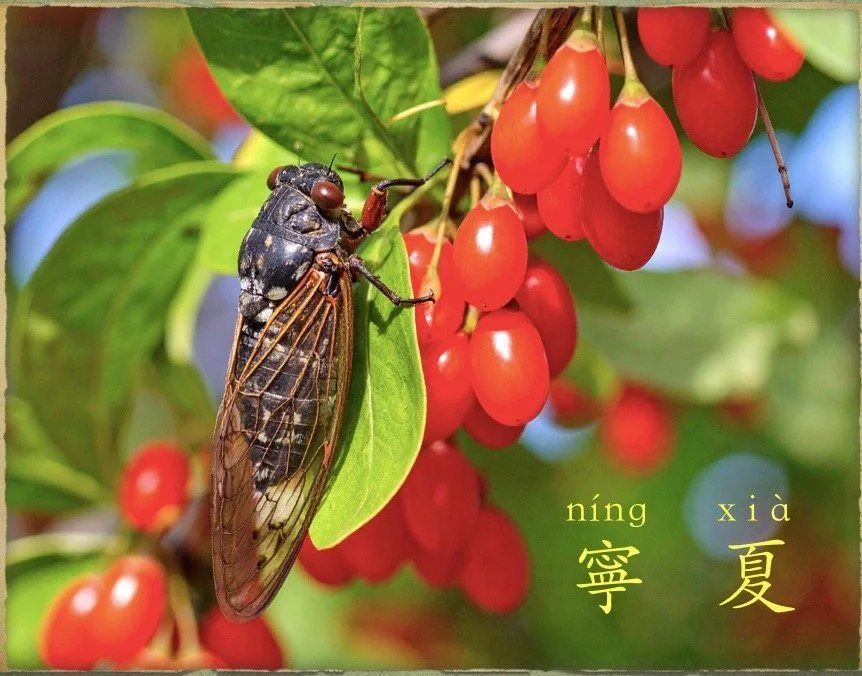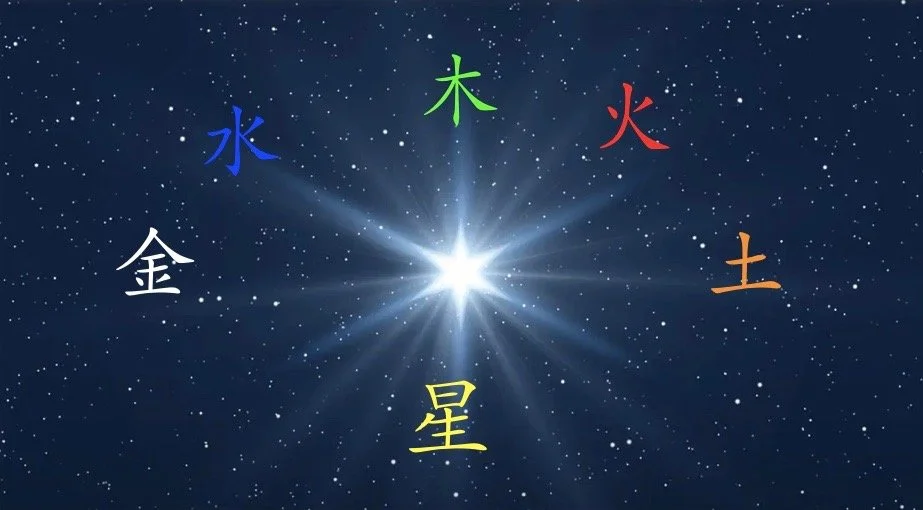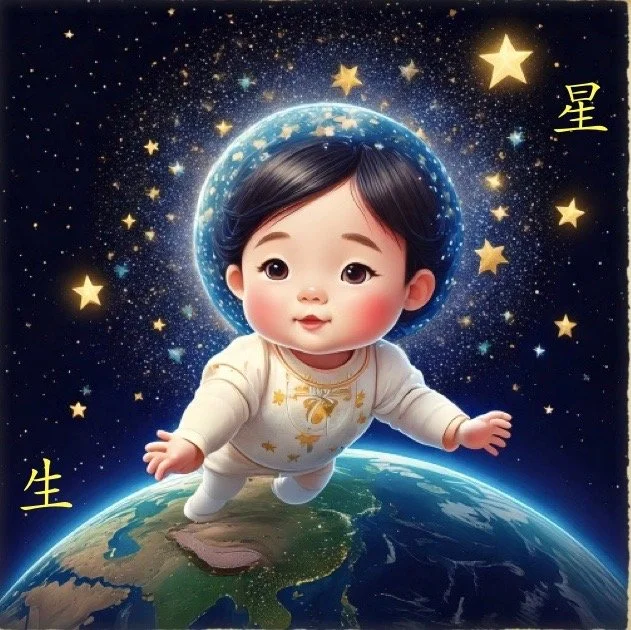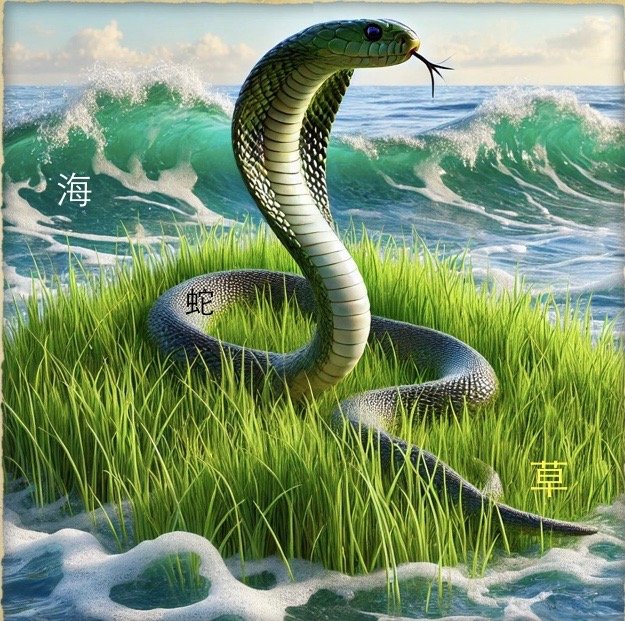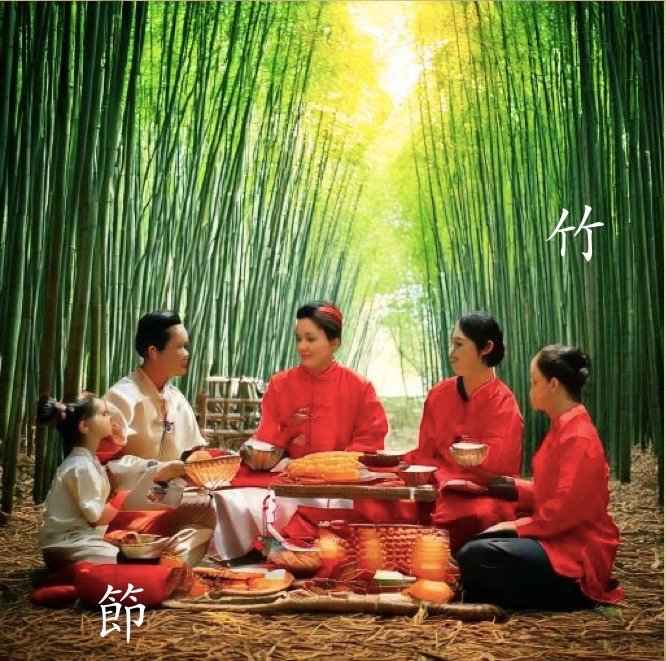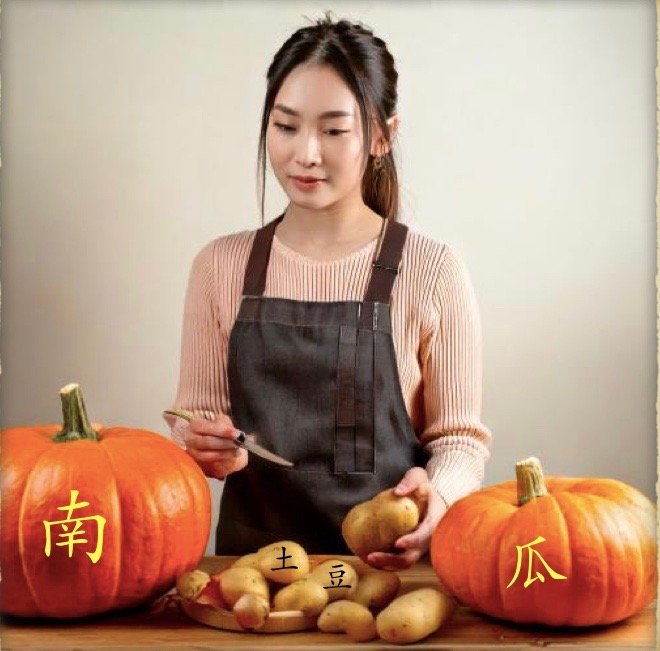045 Chinese characters: 天 (tiān) 晴 (qíng) | measure words structure
In this video, you’ll learn three practical Chinese words that include the character 天 (tiān) — one of the most common and meaningful characters in Chinese! We’ll show you how to use these words in a sentence, and explain how measure words work in a simple, easy-to-understand structure. Plus, discover the fascinating link between the character 晴 (qíng) and Taoist alchemy. Chinese characters aren’t just words — they’re deeply connected to nature, culture, and everyday life.
Here is the worksheet to practice the hanzi we’ve learned.
044 Chinese characters: 夏(xia-summer)|The first Chinese dynasty
In this video, we’ll explore the Chinese character 夏 (Xià) by looking at its historical evolution and its connection to the Xia Dynasty and Yu the Great. We’ll then learn three useful words that includes 夏 (Xià). Finally, we’ll use these words in a sentence and explain the grammar structure “每(měi)...都(dōu)...” to help you build more natural Chinese sentences. Through this video, you’ll see how learning Chinese can start from a single character, expand into words, and then grow into full sentences with meaning and context.
043 Chinese song about summer:寧(ning) 夏(xia)| Chinese autonomous region| singer Fish Leong
In this video, we’ll learn a beautiful Chinese song about summer, originally sung by popular Malaysian-Chinese singer Fish Leong. Along the way, we’ll break down the meaning of each character and sentence, and explore how to use the three different structural particles "de" in Chinese. You'll also discover why the song's title is connected to Ningxia, an autonomous region in north-central China, and what cultural significance it carries. Stick around until the end—you’ll be able to scan a QR code to watch the official music video!
042 Chinese characters: 比 (bǐ-compare; contrast)| How to say Hawaii in Mandarin|
In this video, we will learn a new Chinese character: 比 (bǐ – compare; contrast), along with its historical evolution and stroke order. We’ll also create sentences using 比 and the five major planets we learned in lesson 41. Then, we’ll learn how to say “Hawaii” in Mandarin, exploring the literal and deeper meanings of each of the three characters that make up the word. Finally, you're welcome to use the Quizlet study set to review and practice the characters we’ve covered.
041 Chinese characters: 金星, 水星, 木星, 火星, 土星| How to Say Five Planets in Mandarin?
In this video, we’ll be reviewing the Chinese character 星 (xīng), which means ‘star.’ After that, we’ll learn how to say the names of five planets in Chinese, using 星 (xīng-star) and other characters we've already learned. Let’s see if you can guess the names of the planets in Chinese as we go!
040 Chinese characters: 生(sheng-grow, born) 星(xing)| Happy Birthday song in Mandarin
April 23rd is my birthday! In this video, we’ll learn how to say “Happy Birthday” and sing the birthday song in Mandarin. We’ll also explore the Chinese character 生 (shēng), which means "to grow" or "to be born." Then, we’ll take a closer look at why the character 星 (xīng) contains 生(shēng). I hope this video inspires you to shine brightly in your life—because you were a 星 (xīng) from the moment you were born!
039 Chinese characters: 兔(tu-rabbit), 免(mian), 晚(wan)| 復活節 Easter
In this video, we’re going to learn how to say Easter in Mandarin Chinese. Along the way, we’ll break down some interesting characters like 兔 (tù – rabbit), 免 (miǎn – also related to rabbit), and 晚 (wǎn ), to see how logical and meaningful Chinese characters can be. Chinese characters are full of stories and logic once you start to see the patterns. Hope you found this helpful and fun!
038 Chinese character 青(qing-blue, green, black) and Tomb-sweeping Day
In this video, we’ll explore the customs of the Qingming Festival and the deep meanings behind them. We’ll also uncover the fascinating link between the character 青 (qīng—green, blue, or black) and Daoist alchemy, which played a key role in the invention of firecrackers and fireworks. Finally, we’ll delve into the famous poem 清明 (Qīng Míng), a timeless expression of sorrow and longing for lost loved ones.
Here is the worksheet.
037 Chinese characters: 金 子(gold)|How to say Ireland, St. Patrick’s Day, and Leprechaun in Mandarin?
🍀🇮🇪 Want to learn how to say Ireland, St. Patrick’s Day, and Leprechaun in Mandarin? 🏆✨
In this video, we’ll explore these festive words and dive into the fascinating evolution of the Chinese character 金 (jīn) 子 (zǐ) - gold! 💰🔤
Check it out and add some lucky Mandarin to your vocabulary! 🎥👇
📌 [https://www.youtube.com/watch?v=iuIObed7zBM ]
🔔 Subscribe for more language fun!
035 What's my Chinese Zodiac Sign? How to find my Chinese Zodiac Sign?
When I was a child, I was so confused that people born in the same year had different Chinese zodiac signs, while people born in different years had the same Chinese zodiac sign. In this video, we’ll talk about why. You’ll also learn how to find your Chinese zodiac sign.
034 Chinese characters:新
In lesson 34, we talked about the New Year both on Solar calendar and lunar calendar. We learned how Chinese created han zi 新(xin-new, fresh), and words that include han zi 新(xin-new, fresh).
Here is the balloon word search for you to practice the writing. 新(xin) 年(nian) 快(kuai) 樂(le)-Happy New Year!
032 Chinese characters: 竹| How to say Happy Thanksgiving in Mandarin
In this lesson, we are going to learn how to say Happy Thanksgiving in Mandarin. Why is the Chinese character 節(jie-festival, holiday) related to 竹(zhu-bamboo)? What is 竹(bamboo) 馬(horse) for? Check it out.
029 Beginner Chinese characters: 沒 大 沒 小
In lesson 29, we reviewed han zi (Chinese characters) we’ve learned from 21-30 including some Cheng yu (idioms). For example, 沒 大 沒 小. It literally means no big no small. What does that mean? Check out the video.
Here is the sentence unscramble to practice those han zi (Chinese characters) .
028 Beginner Chinese characters: 萬(wan-ten thousand), 巫(wu-witch), 鬼(gui-ghost)
In lesson 28, we learned how to say Halloween in Chinese and how the translation came from. We also learned a Halloween rhyme which was originally written by Fang lao shi.
Then we learned that how Chinese crested 萬(wan-ten thousand), 巫(wu-witch), 鬼(gui-ghost) and how those han zi are used in Cheng yu (idiom).
Here is the worksheet.
027 Beginner Chinese characters: 和(he)
In lesson 27, we continue to learn how the Chinese combined the existing Chinese characters "禾(he-rice plant)" and "口(kou-mouth)" into a new Chinese character "和".
Did you know that the original meaning of "和(he)" comes from an ancient musical instrument, the Pan flute?
Spin game link: https://www.archchinese.com/g.html?g=hp13zpiu
026 Beginner Chinese characters:口(kou), 年(nian)
In lesson 26, we reviewed a couple han zi (Chinese characters)-木(mu-wood), 禾(he-rice plant), 上(shang-above),仙(xian-immortal) and 心(xin-heart).
Then we learned two new han zi (Chinese characters)-口(kou-mouth) and 年(nian-year). Why is 年(nian-year) related to Jewish Rosh Hashanah ?
Here is the worksheet to practice your han zi (Chinese characters).


